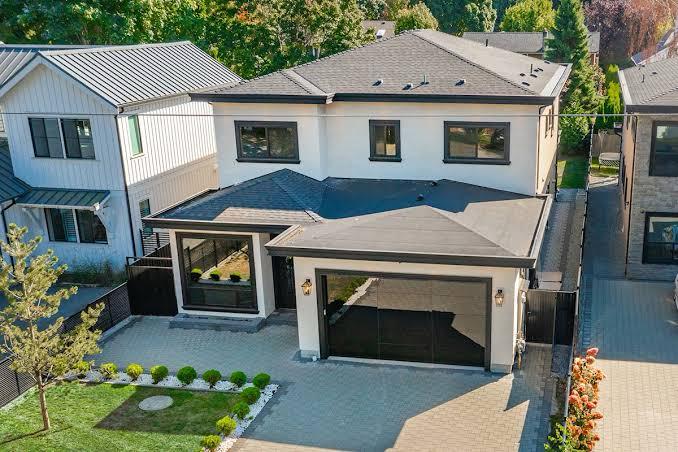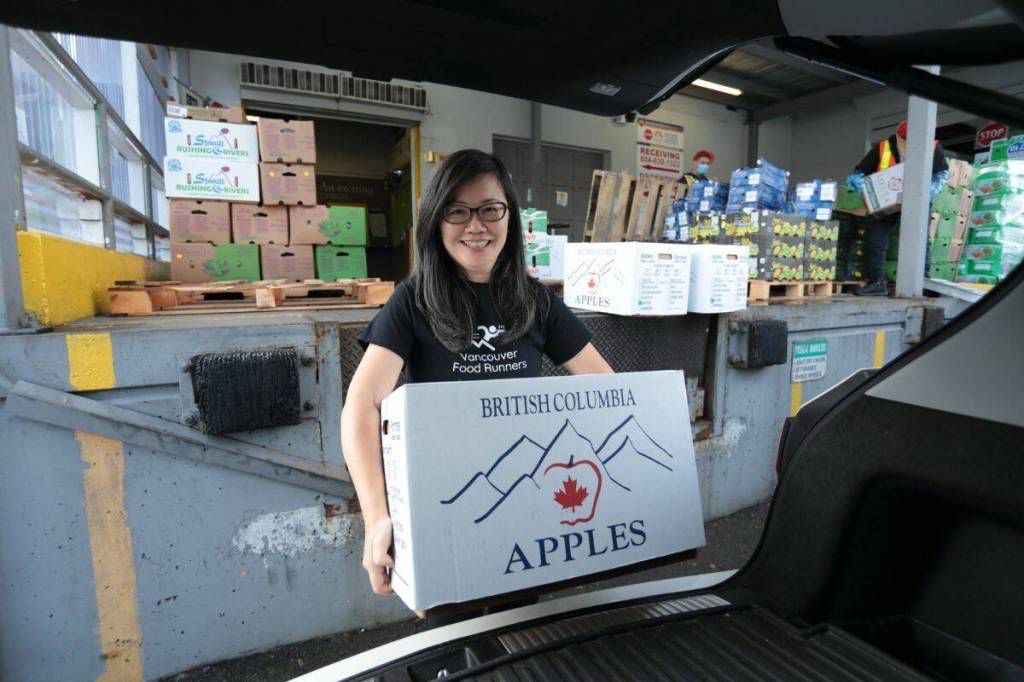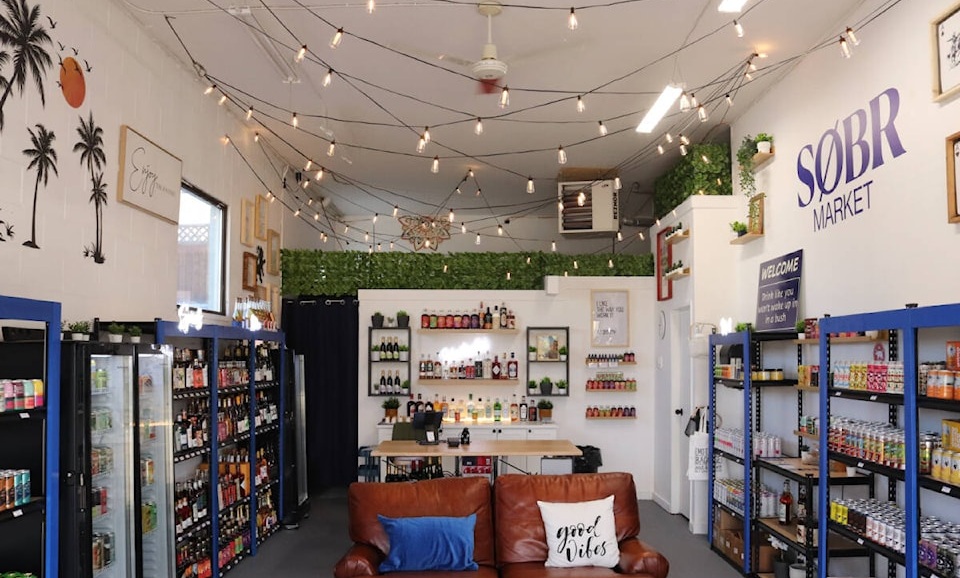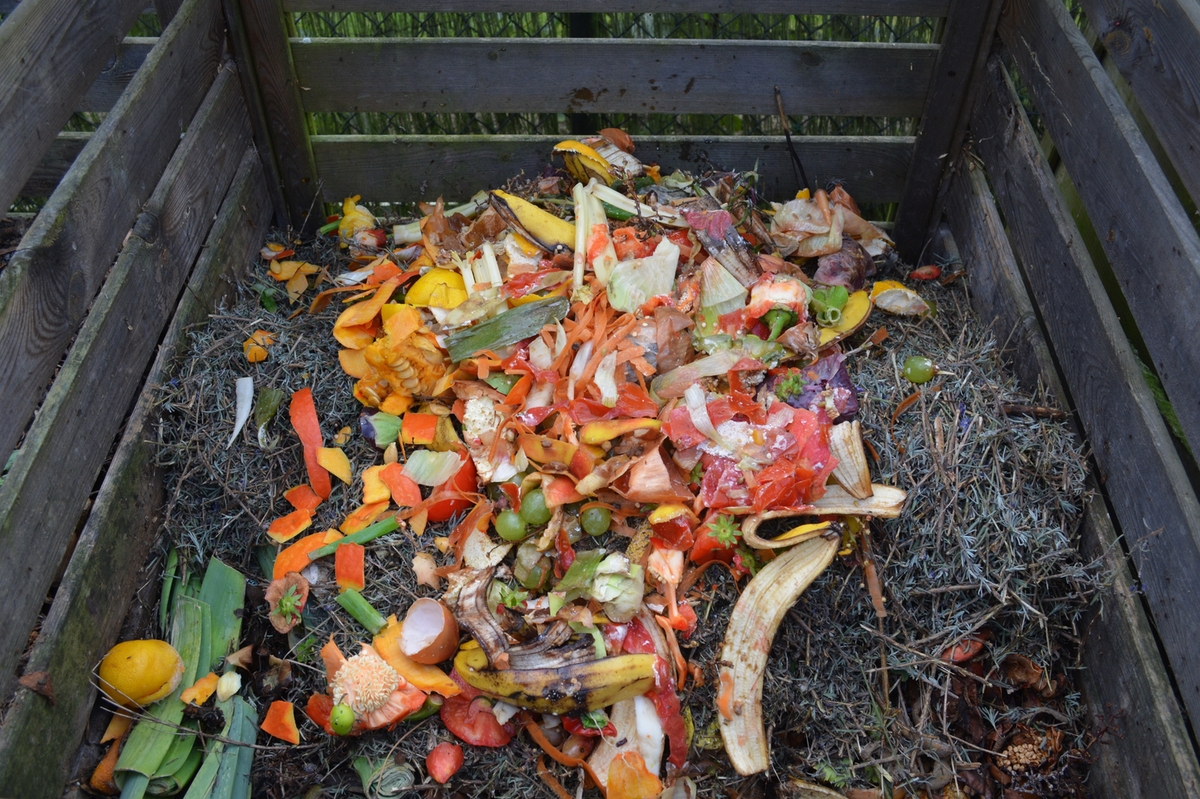Why Composting at Home Makes Sense
Every year, millions of tons of food waste end up in landfills, producing harmful methane gas. But what if your banana peel, coffee grounds, and veggie scraps could skip the landfill—and instead nourish your garden?
Home composting is a simple, sustainable way to reduce household waste and create natural fertilizer. Whether you have a big backyard or just a balcony, composting is easier than you think—and the benefits are enormous for both your plants and the planet.
What is Composting?
At its core, composting is a natural process that turns organic waste into a dark, earthy substance known as humus. Microorganisms and worms break down food and yard waste into this nutrient-rich material, which can improve soil health, retain moisture, and help plants grow stronger.
What You Can Compost
You don’t need fancy gadgets or expensive bins to start composting. Begin with what you already have:
Green materials (nitrogen-rich):
- Fruit and vegetable scraps
- Coffee grounds and filters
- Tea bags (without plastic)
- Fresh grass clippings
- Houseplant trimmings
Brown materials (carbon-rich):
- Dry leaves
- Shredded paper or newspaper
- Cardboard (cut into small pieces)
- Sawdust (untreated wood only)
- Egg cartons (paper)
Balancing greens and browns is key. A good compost pile needs roughly a 50:50 mix to decompose effectively and avoid odor.
What NOT to Compost
Some items may attract pests, slow down decomposition, or harm your plants.
Avoid:
- Meat, fish, and dairy
- Oily or greasy foods
- Plastic or glossy-coated paper
- Pet waste
- Diseased plants
How to Start Composting at Home
You don’t need a big yard to get started—just follow these steps:
1. Choose Your Setup
- Outdoor bin: Great for backyards. Use a lidded compost bin or build a DIY pile.
- Indoor bin: Ideal for apartments. Try a countertop bin with charcoal filter or a bokashi-style bin.
- Worm bin (vermicomposting): Uses red wiggler worms in a contained space—perfect for indoor composting.
2. Build Your Base
Start with a layer of browns like dry leaves or shredded paper to absorb moisture and encourage airflow.
3. Add Greens and Browns Regularly
Alternate your kitchen scraps (greens) with dry matter (browns) in layers. Chop larger items into smaller pieces to speed up breakdown.
4. Turn or Stir the Pile
Aerate every week or two with a garden fork or compost turner to help decomposition and reduce odor.
5. Monitor Moisture
Your pile should feel like a wrung-out sponge—not too wet or too dry. Add water or browns as needed.
How Long Does Compost Take?
Depending on the method and conditions, compost can take 2 to 6 months to be ready. You’ll know it’s done when it looks dark, crumbly, and smells like fresh earth.
Using Your Compost
Once your compost is ready, here’s how to use it:
- Mix into garden soil to enrich nutrients.
- Top-dress indoor plants with a thin layer.
- Boost your vegetable patch for better yields.
- Feed your lawn by sprinkling compost before watering.
Final Tips for Success
- Keep your bin covered to retain heat and moisture.
- Cut waste into smaller pieces for faster breakdown.
- Store food scraps in the freezer if you can’t compost daily.
- Get your kids involved—it’s a great hands-on learning activity!
A Greener Future Starts in Your Kitchen
Home composting isn’t just for farmers or gardeners—it’s for everyone. With a little setup and regular care, your food waste can help you grow greener, healthier plants, while reducing your environmental footprint. It’s simple, satisfying, and surprisingly addictive.
Start composting today—and turn your trash into treasure.


























